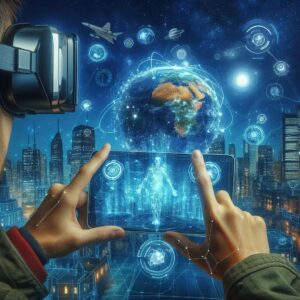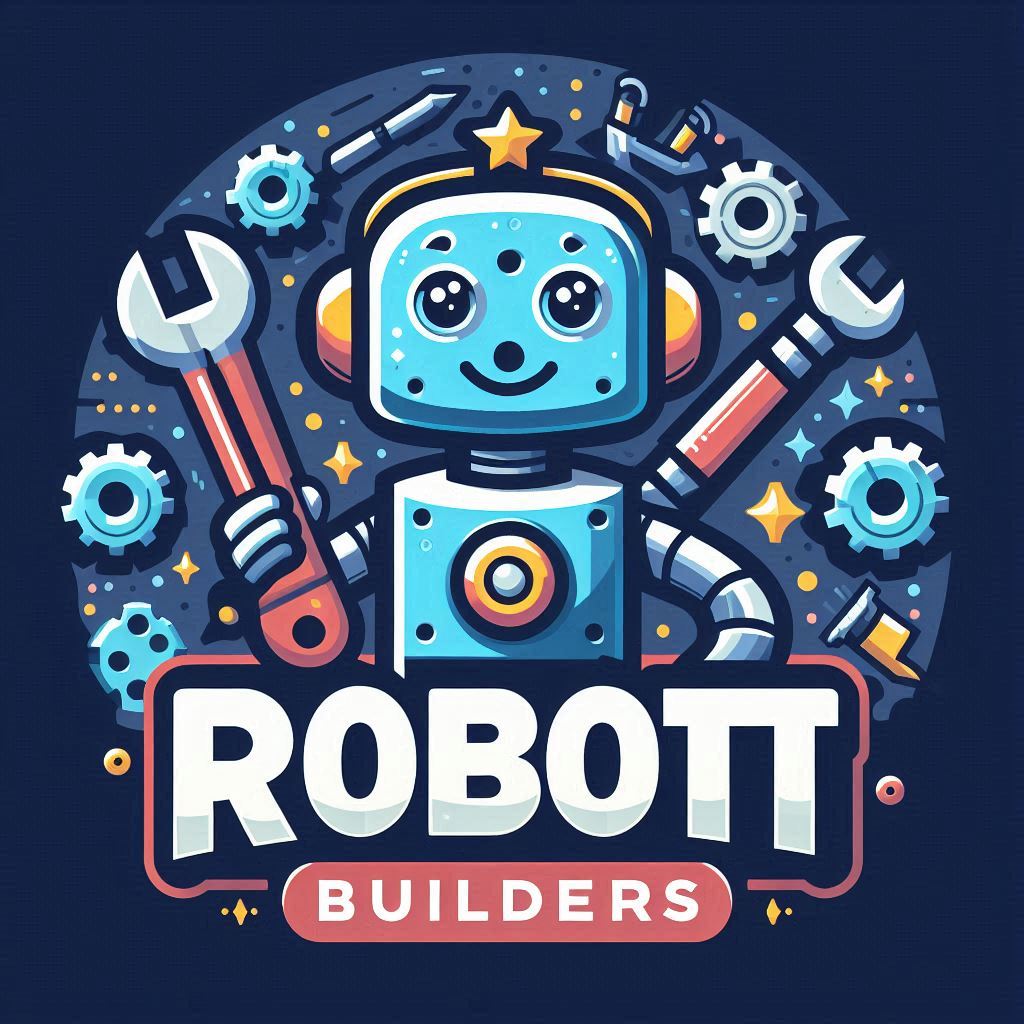Introduction The Internet of Things (IoT) is a transformative technology that is revolutionizing the way we live and work. By connecting devices and enabling them to communicate with each other, IoT is creating a smarter and more interconnected world. This article explores the concept of IoT, its applications, benefits, and how it is shaping the future.

What is the Internet of Things? The Internet of Things (IoT) refers to the network of physical devices, vehicles, appliances, and other objects embedded with sensors, software, and connectivity. These devices collect and exchange data over the internet, allowing them to interact and make intelligent decisions. IoT is all about creating a seamless integration between the physical and digital worlds.
Applications of IoT
- Smart Homes: IoT is making homes smarter and more efficient. From smart thermostats and security cameras to voice-activated assistants and connected appliances, IoT devices are enhancing comfort, security, and energy efficiency.
- Healthcare: IoT is transforming healthcare by enabling remote monitoring, telemedicine, and smart wearable devices. Patients can track their health in real-time, and doctors can provide personalized care.
- Industrial IoT (IIoT): In manufacturing, IoT is driving the concept of Industry 4.0. Connected sensors and machinery optimize production processes, reduce downtime, and improve quality control.
- Smart Cities: IoT is the backbone of smart cities, providing solutions for traffic management, waste management, energy conservation, and public safety. Connected infrastructure ensures efficient urban living.
- Agriculture: IoT is revolutionizing agriculture with smart farming techniques. IoT devices monitor soil conditions, weather, and crop health, enabling farmers to make data-driven decisions and increase yields.
Benefits of IoT
- Enhanced Efficiency: IoT devices streamline processes, reduce waste, and improve efficiency across various industries. Automation and data-driven insights lead to better decision-making.
- Improved Quality of Life: IoT enhances the quality of life by providing convenience, safety, and personalized experiences. Smart homes, healthcare, and transportation are just a few examples of how IoT benefits individuals.
- Cost Savings: IoT optimizes resource usage and reduces operational costs. For businesses, this translates to higher profitability and sustainability.
- Innovative Business Opportunities: IoT opens up new avenues for innovation and business models. Companies can develop new products and services that leverage IoT capabilities.
Challenges and Future of IoT While IoT offers immense potential, it also comes with challenges. Security and privacy concerns, interoperability issues, and the need for robust infrastructure are key considerations. However, advancements in technology and standardization efforts are addressing these challenges.
The future of IoT is bright, with continuous advancements in connectivity, artificial intelligence, and edge computing. As more devices become interconnected, IoT will play a pivotal role in creating a smarter, more efficient, and connected world.
Conclusion The Internet of Things is transforming our world, connecting devices and enabling them to communicate seamlessly. From smart homes and healthcare to industrial automation and smart cities, IoT is driving innovation and improving the quality of life. Embracing IoT technology can unlock new opportunities and pave the way for a more connected future.
